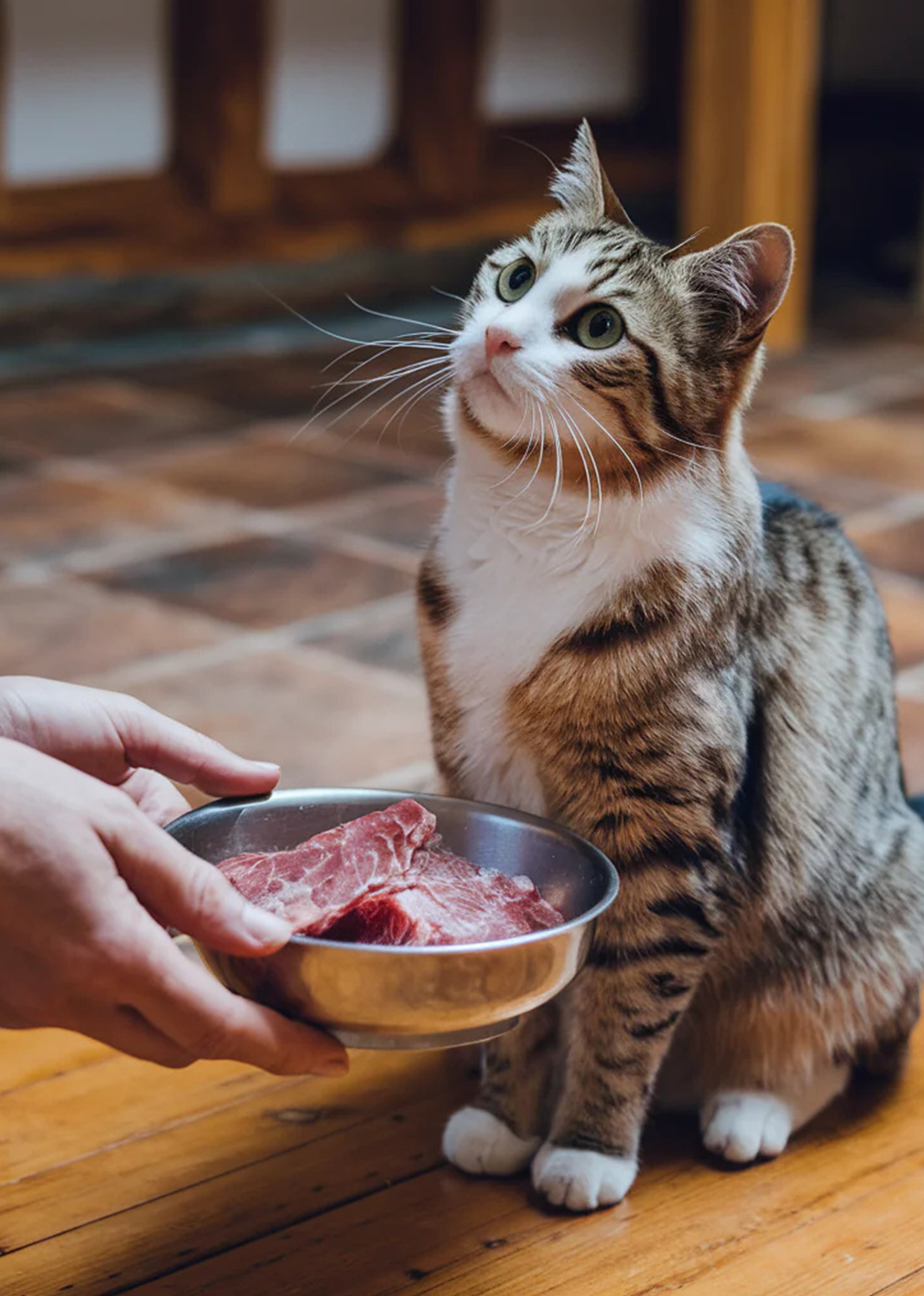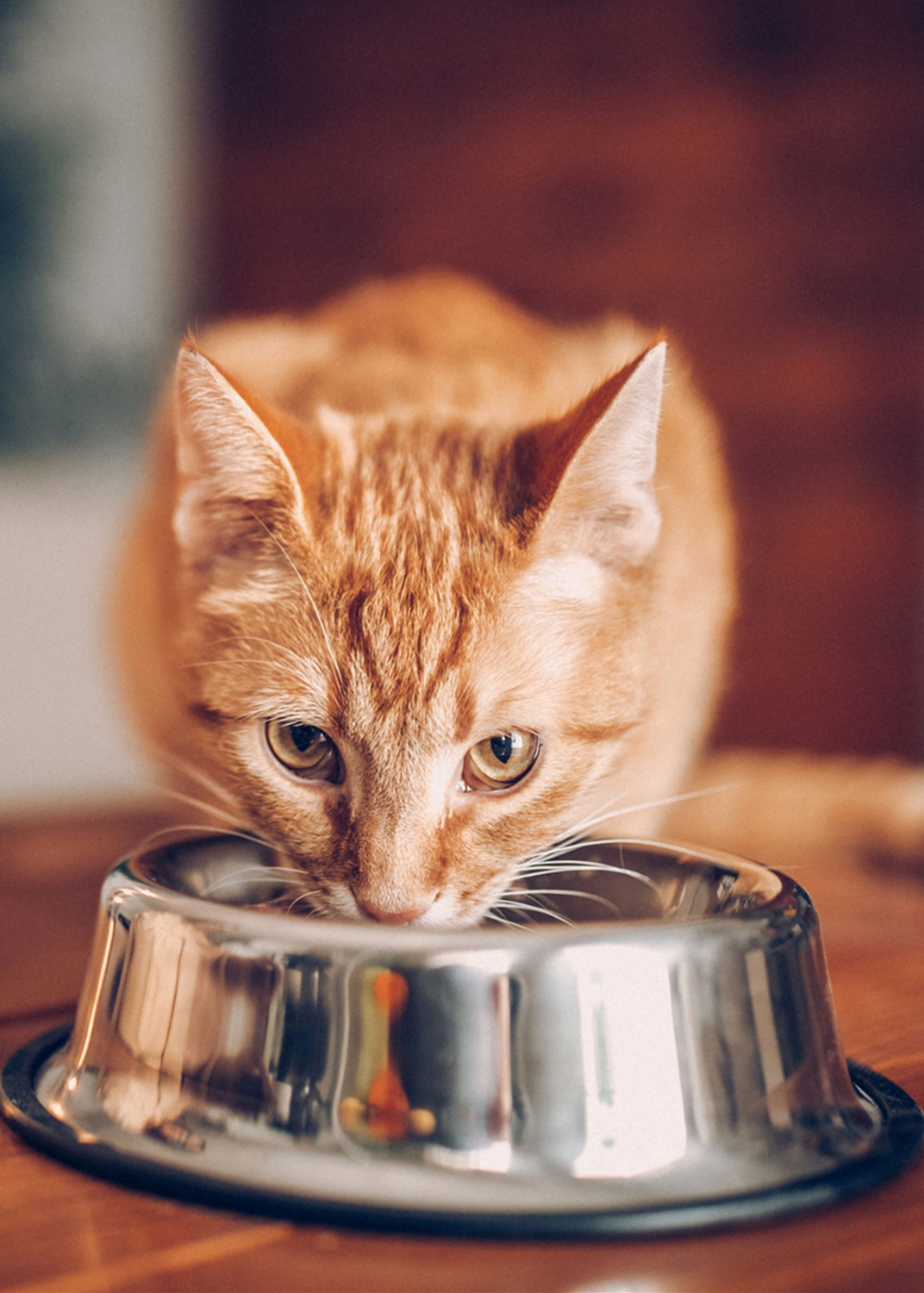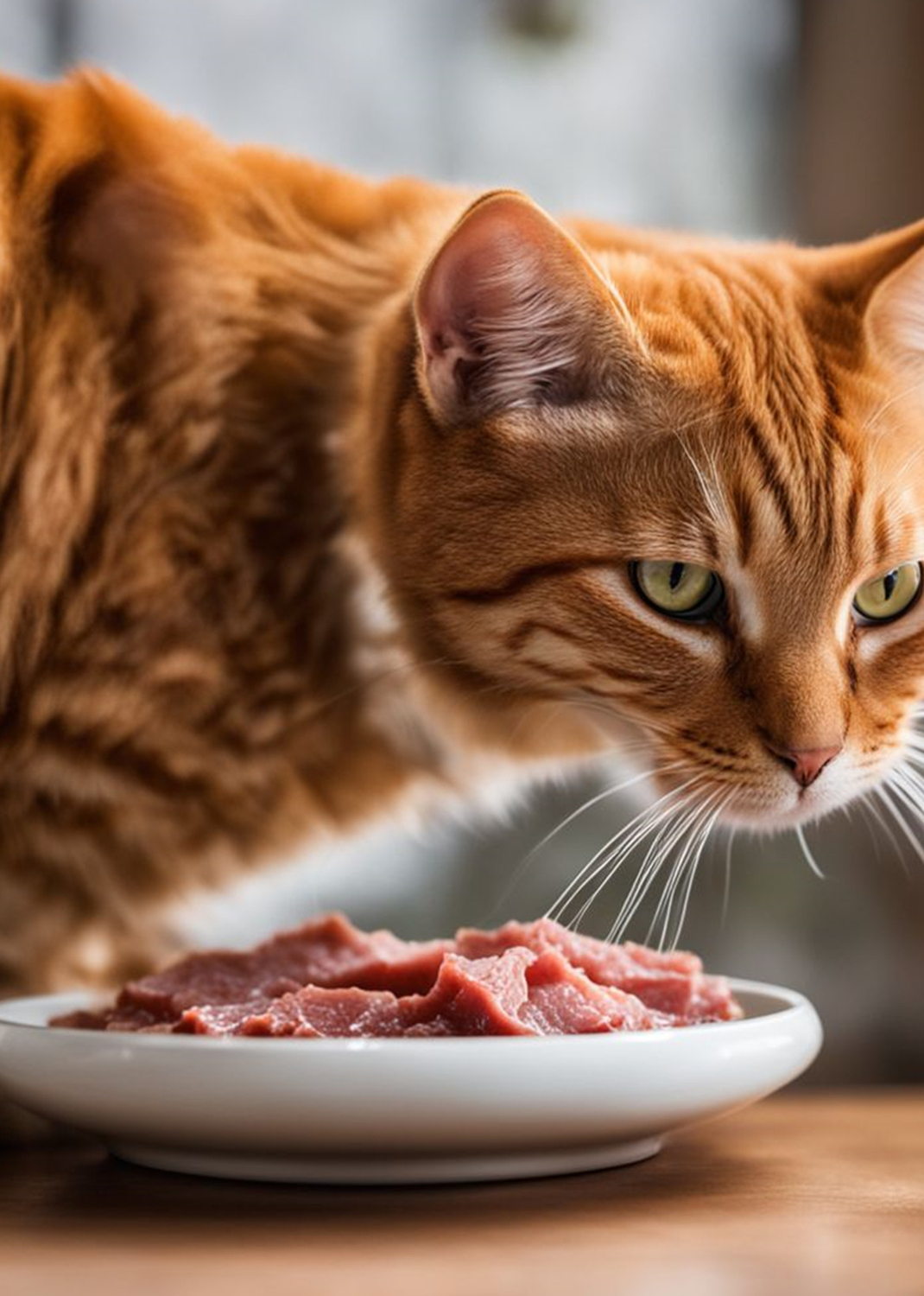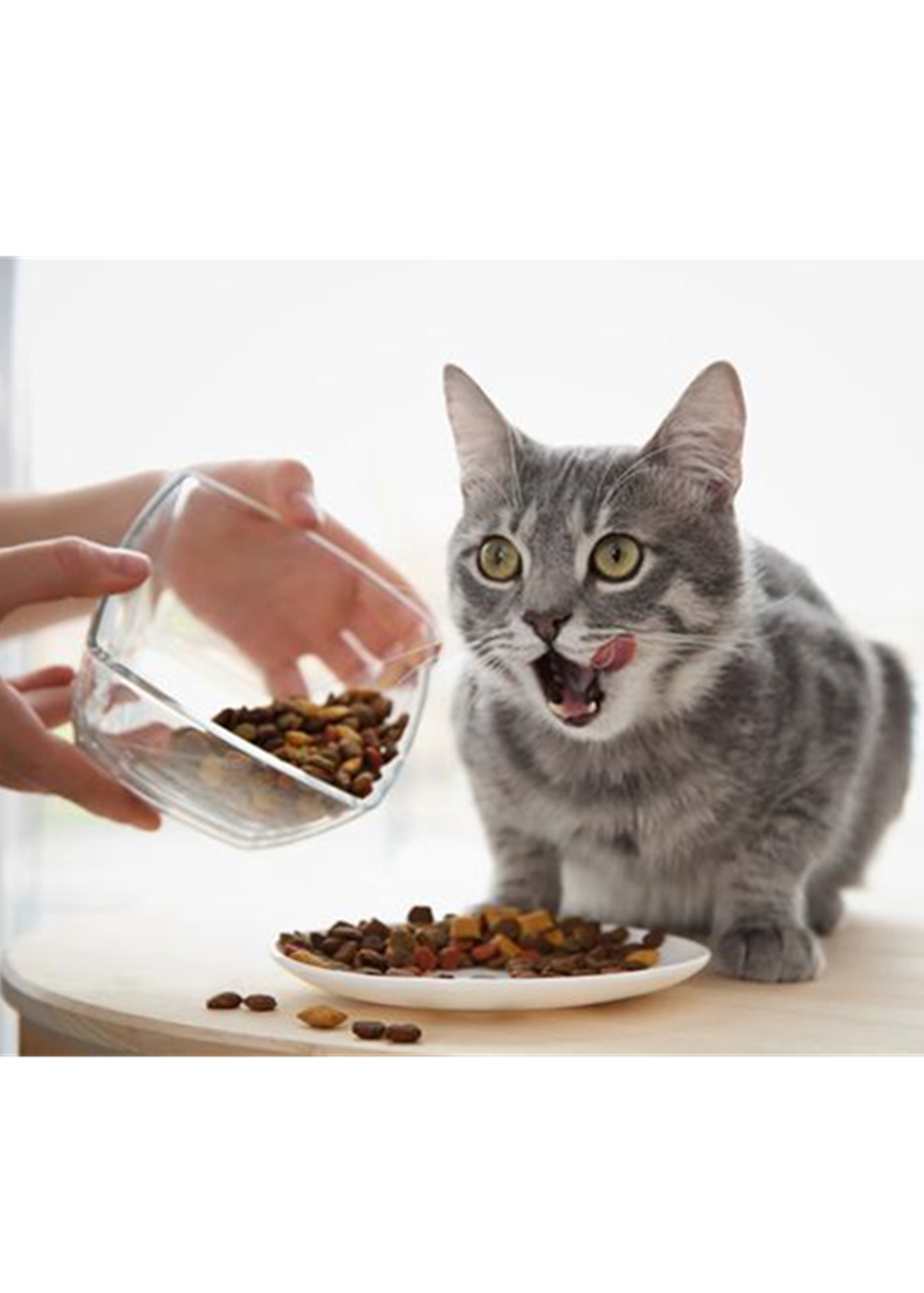Finding the right cat food can be a daunting task, especially if your furry friend has food sensitivities. Single animal protein low-allergen cat food is a great option for cats with allergies or digestive issues. Knowing how to choose the best one can make a significant difference in your cat’s health and happiness.
When selecting a single animal protein low-allergen cat food, the first thing to look for is the primary protein source. Common options include chicken, turkey, or fish. If your cat has shown sensitivity to certain proteins in the past, it’s essential to choose a food that features a protein your cat hasn’t eaten before. This helps minimize the risk of allergic reactions and digestive upset. Reading the ingredient list carefully is crucial, as some brands may include hidden allergens in their formulas.
Consider the quality of the ingredients. High-quality cat food should contain real meat as the first ingredient rather than by-products or fillers. Look for brands that emphasize natural ingredients and avoid artificial preservatives, colors, and flavors. Cats are obligate carnivores, meaning they thrive on a meat-based diet, so the more natural and wholesome the ingredients, the better for your feline friend.
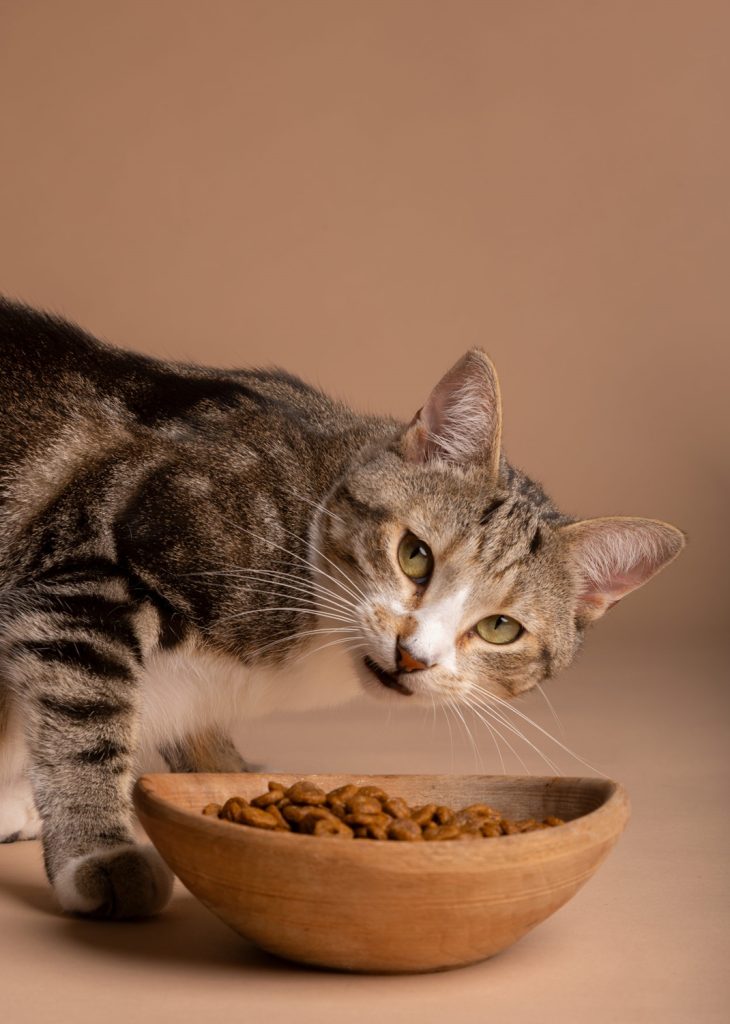
Another important factor is the nutritional balance of the food. A good low-allergen cat food should provide all the essential nutrients your cat needs to thrive. This includes not just protein but also fats, vitamins, and minerals. Check for added omega fatty acids, which can support skin and coat health. Some brands also include probiotics to aid digestion, which can be beneficial for cats with sensitive stomachs.
Transitioning your cat to a new food is another aspect to consider. Cats can be quite particular about their diet, so introducing a new food gradually is key. Start by mixing a small amount of the new food with their current food, slowly increasing the proportion of the new food over a week or so. This gradual transition helps prevent digestive issues and allows your cat to adjust to the new flavors and textures.
Monitoring your cat’s response to the new food is essential. Keep an eye on their coat condition, energy levels, and overall health. If you notice any signs of allergies, such as itching or gastrointestinal upset, it may be worth consulting your veterinarian. They can provide guidance and may suggest alternative protein sources or specialized diets.
Consider the brand’s reputation and customer reviews. Researching what other cat owners have to say about a particular product can provide valuable insights. Look for brands that have a history of quality and transparency in their formulations. This can give you peace of mind knowing you’re making a well-informed choice for your beloved pet.
Choosing the right single animal protein low-allergen cat food can significantly impact your cat’s overall health and well-being. By focusing on quality ingredients, nutritional balance, and a gradual transition, you can help ensure your feline friend enjoys their meals while staying healthy and happy.

